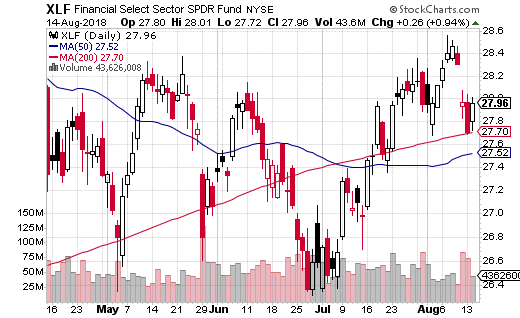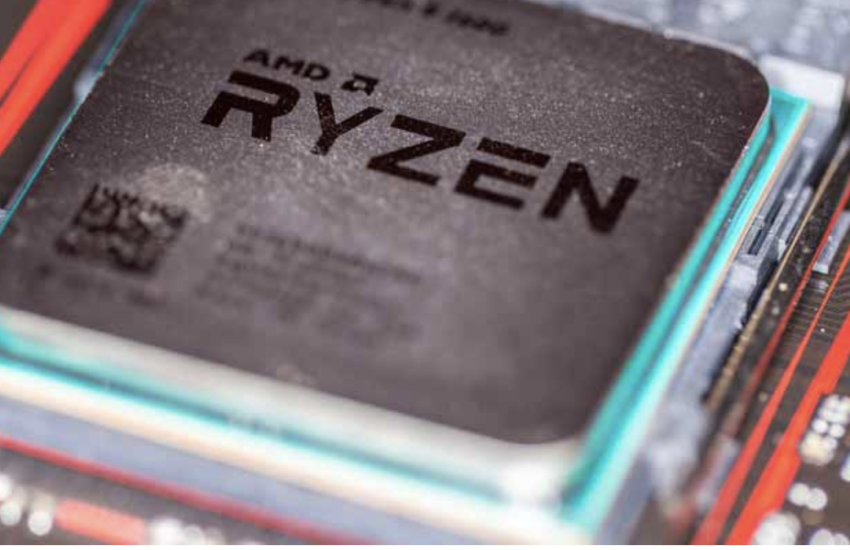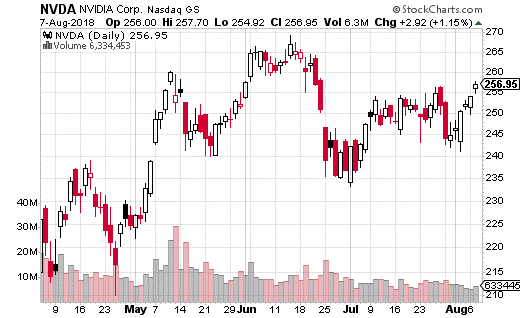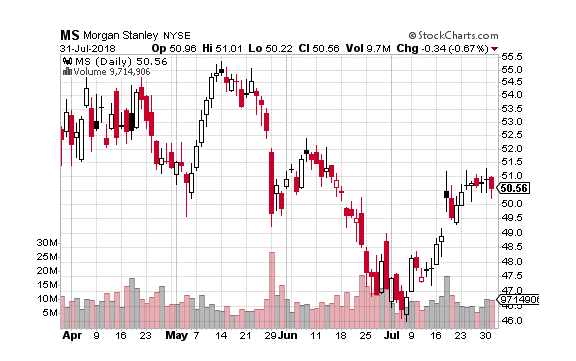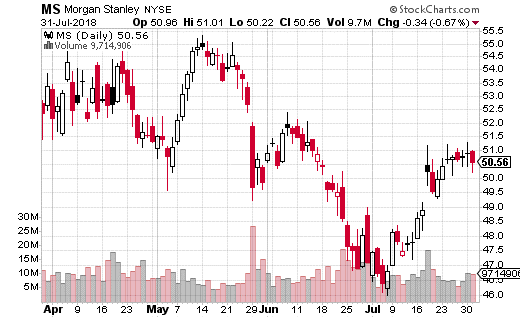The New Year is rapidly approaching, but instead of a Santa Claus Rally we’re mostly just seeing further declines in stock prices. The S&P 500 is already down about 6% in December alone – and has dropped nearly 3% for the year. That’s hardly the year most were expecting 2018 to be.
Unfortunately for stock buyers, there isn’t an obvious all-clear signal on the horizon. We could have several more weeks or even months of high volatility ahead. In fact, the current situation resembles a bear market, despite the economy still being fairly robust at the moment.
Undoubtedly, there are concerns over global economic growth slowing down. And of course, the financial markets tend to be forward looking. Still, there doesn’t appear to be a recession right around the corner. In fact, recent U.S. consumer spending data was better than expected.
So why then do stocks continue to sell off?
First off, investors are concerned over the trade war with China and the impact that tariffs may have on corporate earnings. We’ve already seen how negative trade wars news has taken a toll on major companies like Apple (NASDAQ: AAPL), which has dropped 14% over the past month.
But even more concerning may be interest rates. The Fed may be forced to raise rates to stave off inflation (because the U.S. is at full employment). However, both the government and many individuals are saddled with a boatload of debt.
That means raising rates will increase interest payments across the board. That doesn’t even include the impact of higher rates on the housing market and business loans. It’s no wonder the investment community has been laser focused on anything the Fed says and does.
So is the solution to simply go to cash until the storm clears? Generally speaking, I’m not a fan of going to cash when it’s fairly easy to hedge your portfolio risk with options. Moreover, options allow you to find tune your hedging to best match your portfolio. Or, you can simply hedge the market itself.
One trade strategy I like in this environment is buying a put spread in iShares Russell 2000 ETF (NYSE: IWM). IWM is the most popular ETF for trading US small cap stocks. I like using it to hedge because it isn’t as expensive (in absolute terms) as a the more broad-market focused SPDR S&P 500 ETF (NYSE: SPY). And, small caps tend get hit first and hit harder than blue chip and other large cap stocks.
Some traders prefer to buy naked puts for hedging purposes as they don’t want their gains to be capped in an all-out meltdown. However, I prefer put spreads as I want to keep my hedges as economical as possible even during scarier periods like we’re in currently.
To that end, with IWM trading at about $140, you can buy the February 15th 130-135 put spread for right around $1.25. That means you’d buy the 135 put while simultaneously selling the 130 put for a total premium outlay of $125 per spread.
Your max risk is simply the $125 spent per spread, while max gain is $375 if IWM is below $130 at expiration. That represents a 300% gain. Breakeven for the trade is at $133.75, or about 4.5% lower.
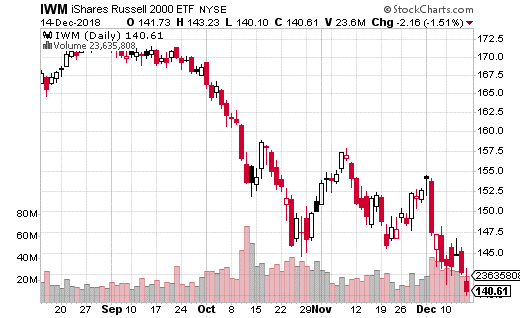
In other words, your hedge doesn’t start working until the index drops 4.5% or lower. However, if there’s a sustained selloff (say 10% down) you’ll make 300% on your hedge. For about 2 months of protection and $125 per spread, I think it’s a very reasonable way to hedge downside risk in a stock portfolio.
[FREE REPORT] Options Income Blueprint: 3 Proven Strategies to Earn More Cash Today Discover how to grab $577 to $2,175 every 7 days even if you have a small brokerage account or little experience... And it's as simple as using these 3 proven trading strategies for earning extra cash. They’re revealed in my new ebook, Options Income Blueprint: 3 Proven Strategies to Earn Extra Cash Today. You can get it right now absolutely FREE. Click here right now for your free copy and to start pulling in up to $2,175 in extra income every week.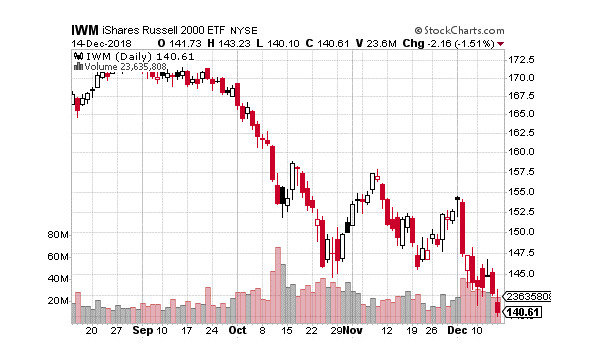

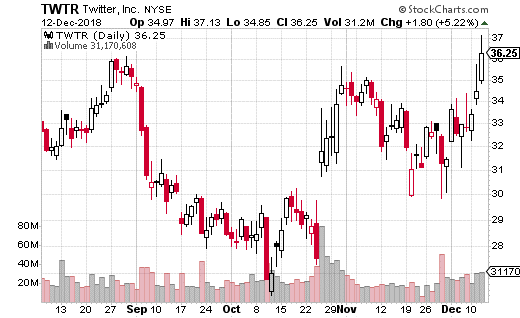
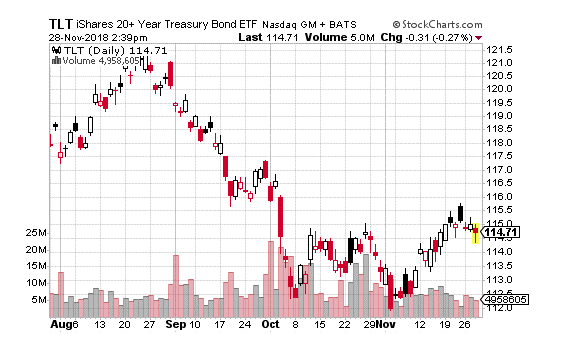
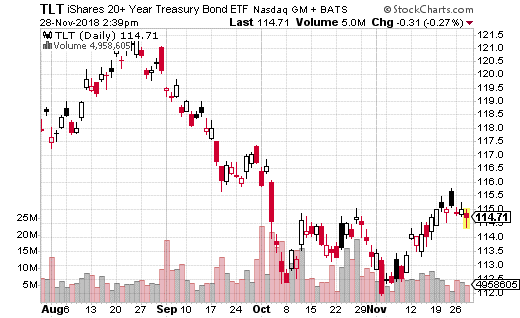
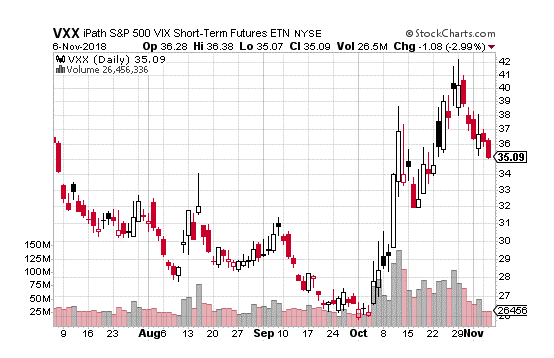
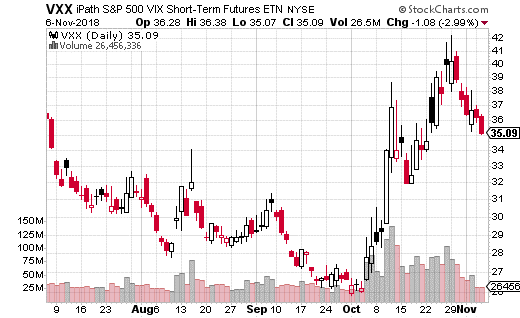
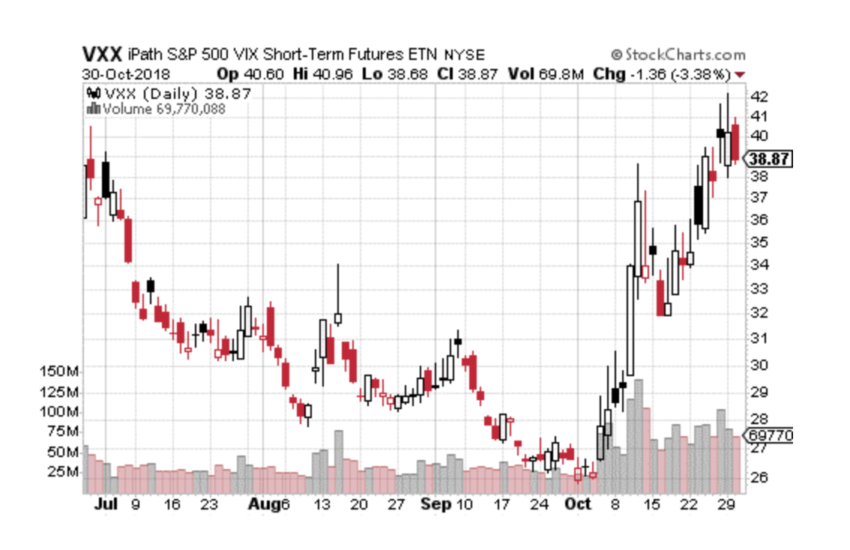
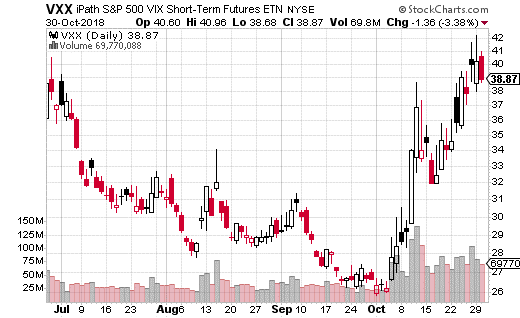

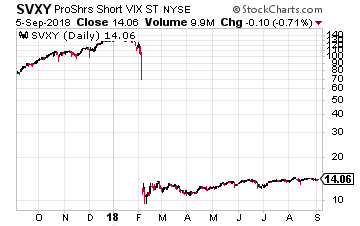 That’s not to say selling volatility is a bad idea. Quite the contrary, intelligently shorting of volatility (adhering to a strict risk management plan for one) can be a great way to generate income. Even after the death of XIV (a short volatility ETP) and the declawing of Proshares Short VIX Short-Term Futures ETF (NYSE: SVXY), going from -1 inverse short-term VIX to -0.5 inverse, shorting volatility has persisted.
That’s not to say selling volatility is a bad idea. Quite the contrary, intelligently shorting of volatility (adhering to a strict risk management plan for one) can be a great way to generate income. Even after the death of XIV (a short volatility ETP) and the declawing of Proshares Short VIX Short-Term Futures ETF (NYSE: SVXY), going from -1 inverse short-term VIX to -0.5 inverse, shorting volatility has persisted.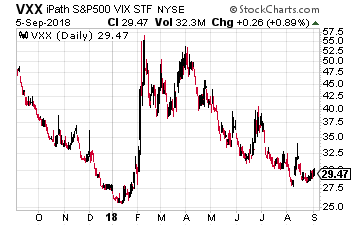 For instance, a huge block trade that caught my eye this week was a trader selling nearly 13,000 of the iPath S&P 500 VIX Short-Term Futures ETN (NYSE: VXX) 47 calls expiring on October 5th with the stock at $29.61. The trader collected $0.58 per contract or around $740,000 for the trade.
For instance, a huge block trade that caught my eye this week was a trader selling nearly 13,000 of the iPath S&P 500 VIX Short-Term Futures ETN (NYSE: VXX) 47 calls expiring on October 5th with the stock at $29.61. The trader collected $0.58 per contract or around $740,000 for the trade.
